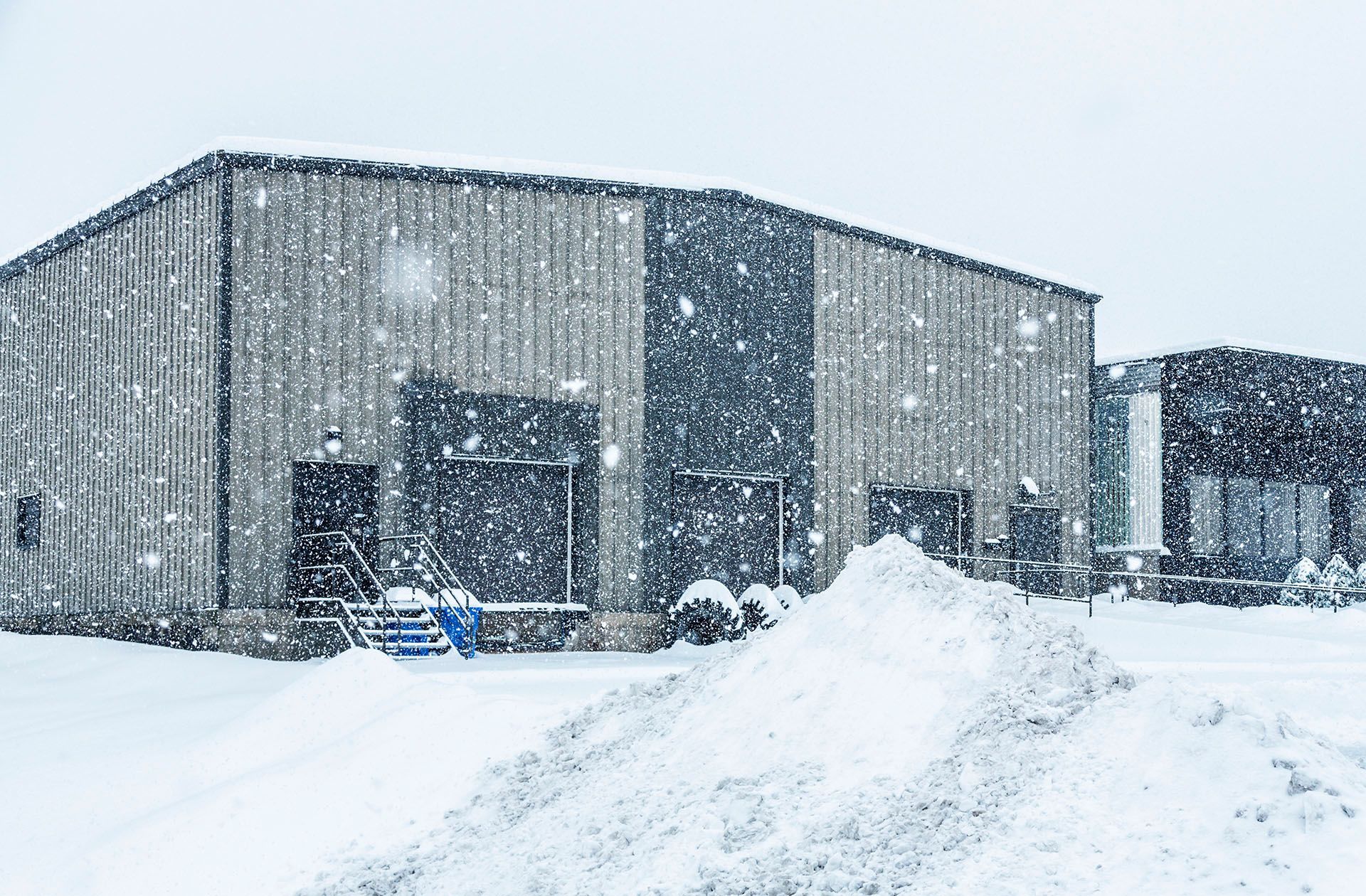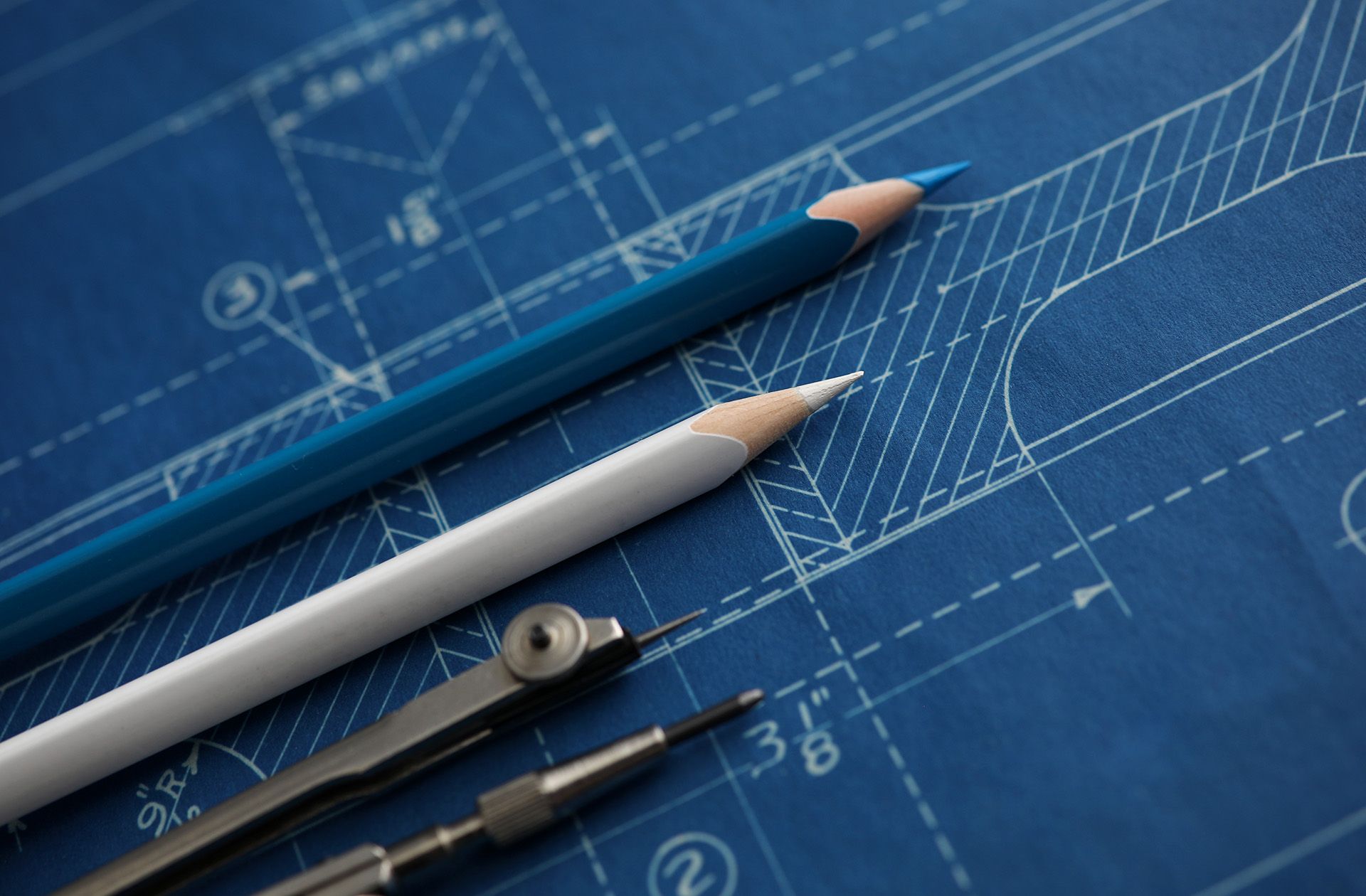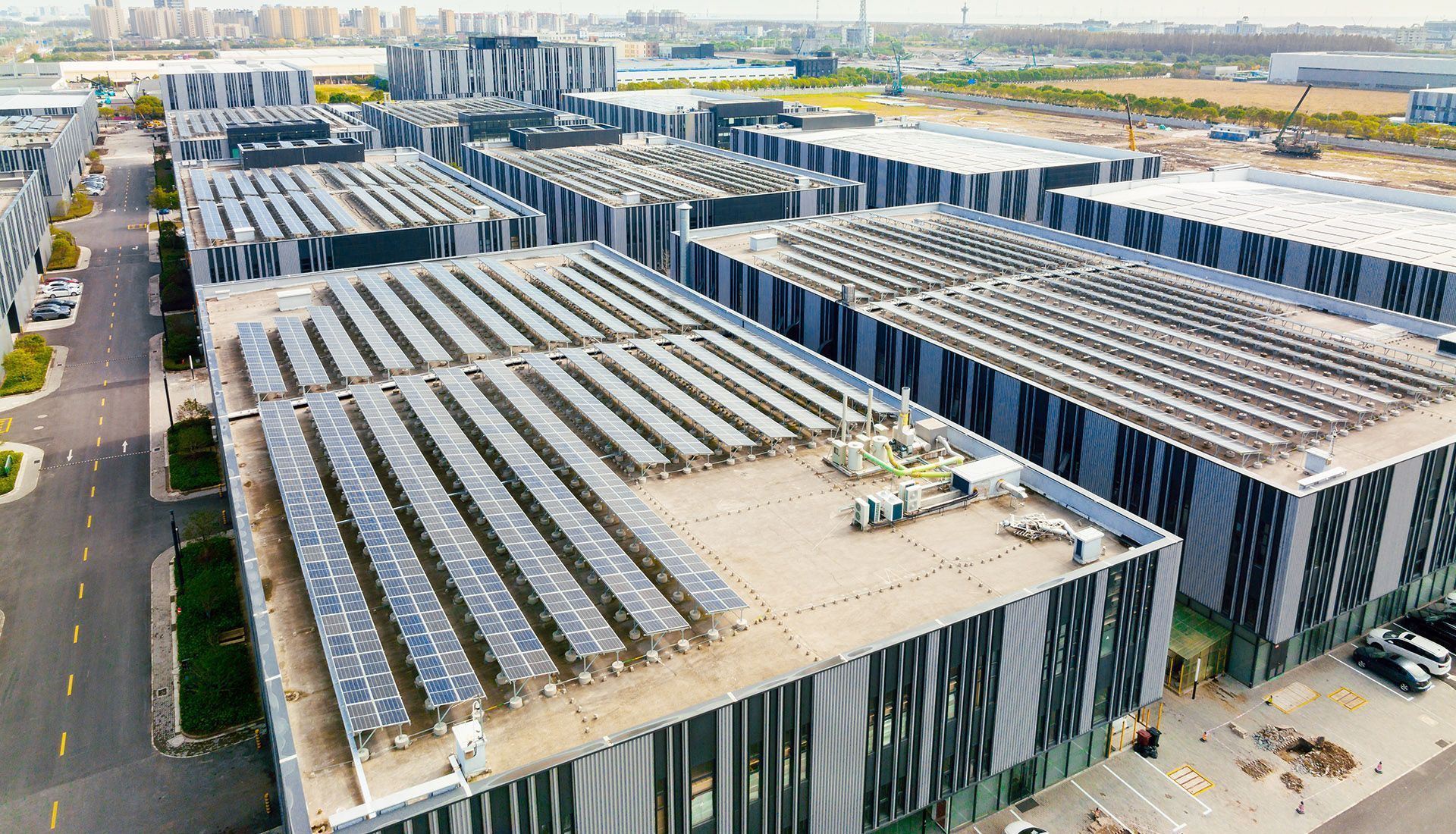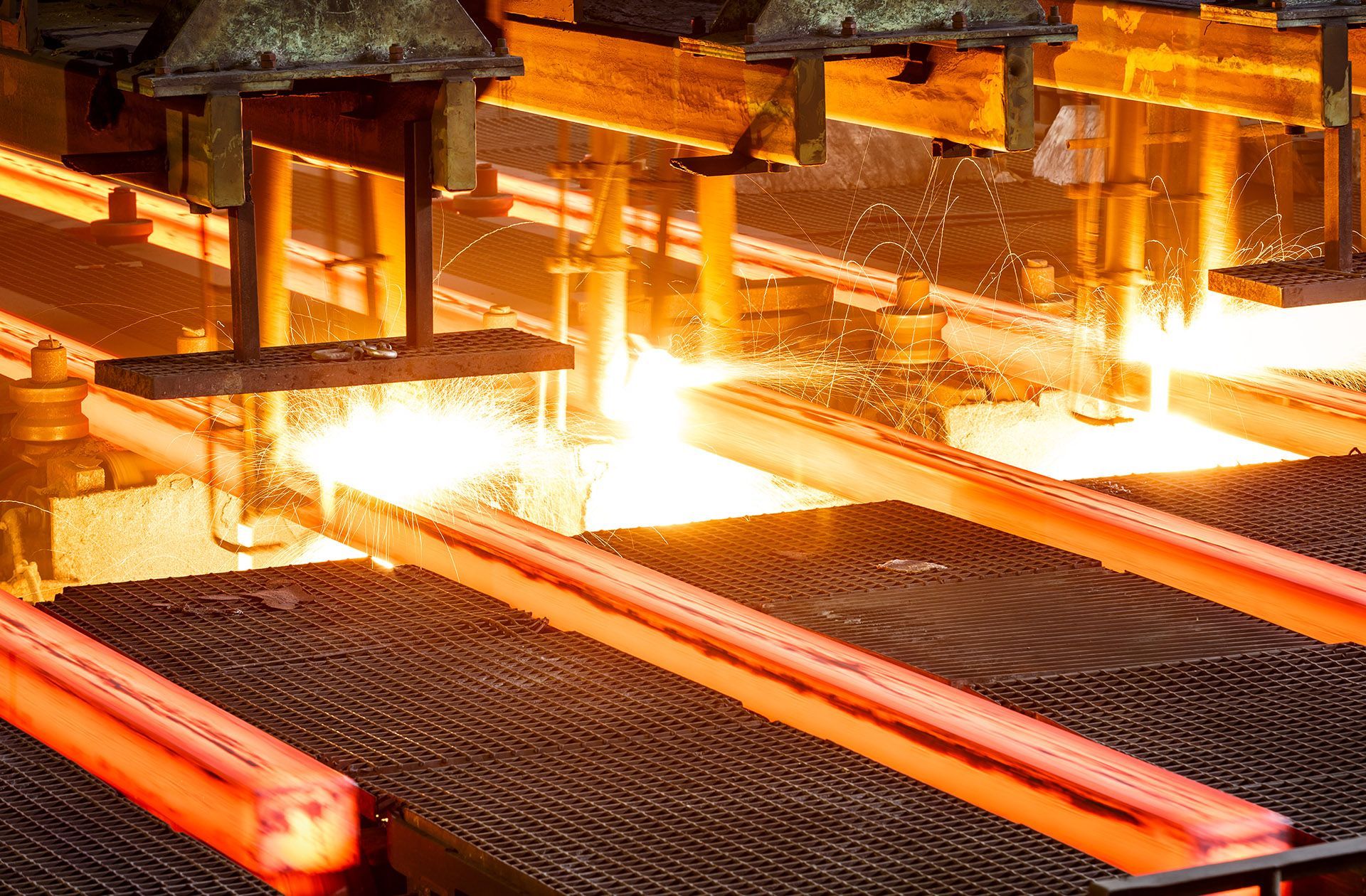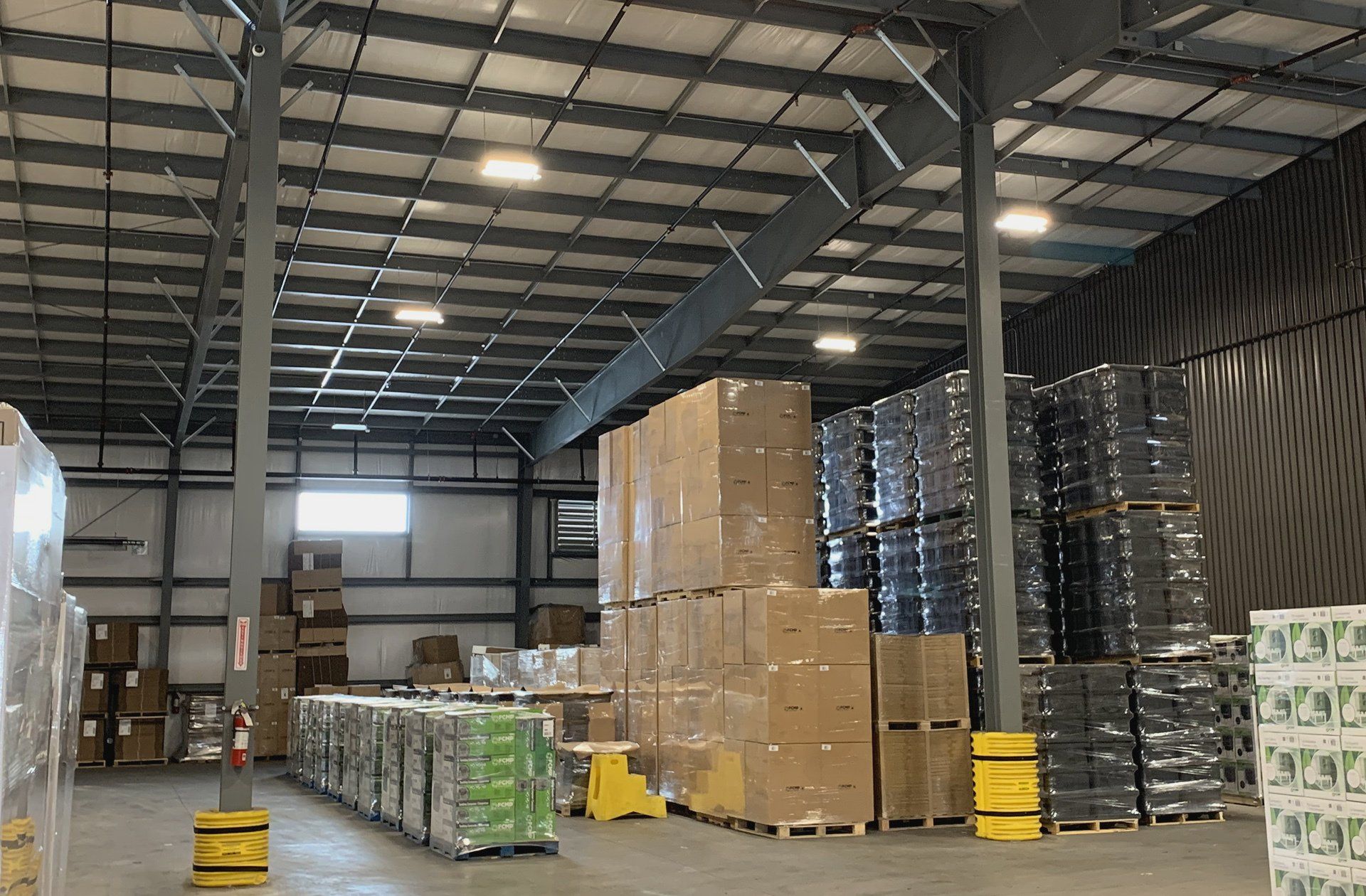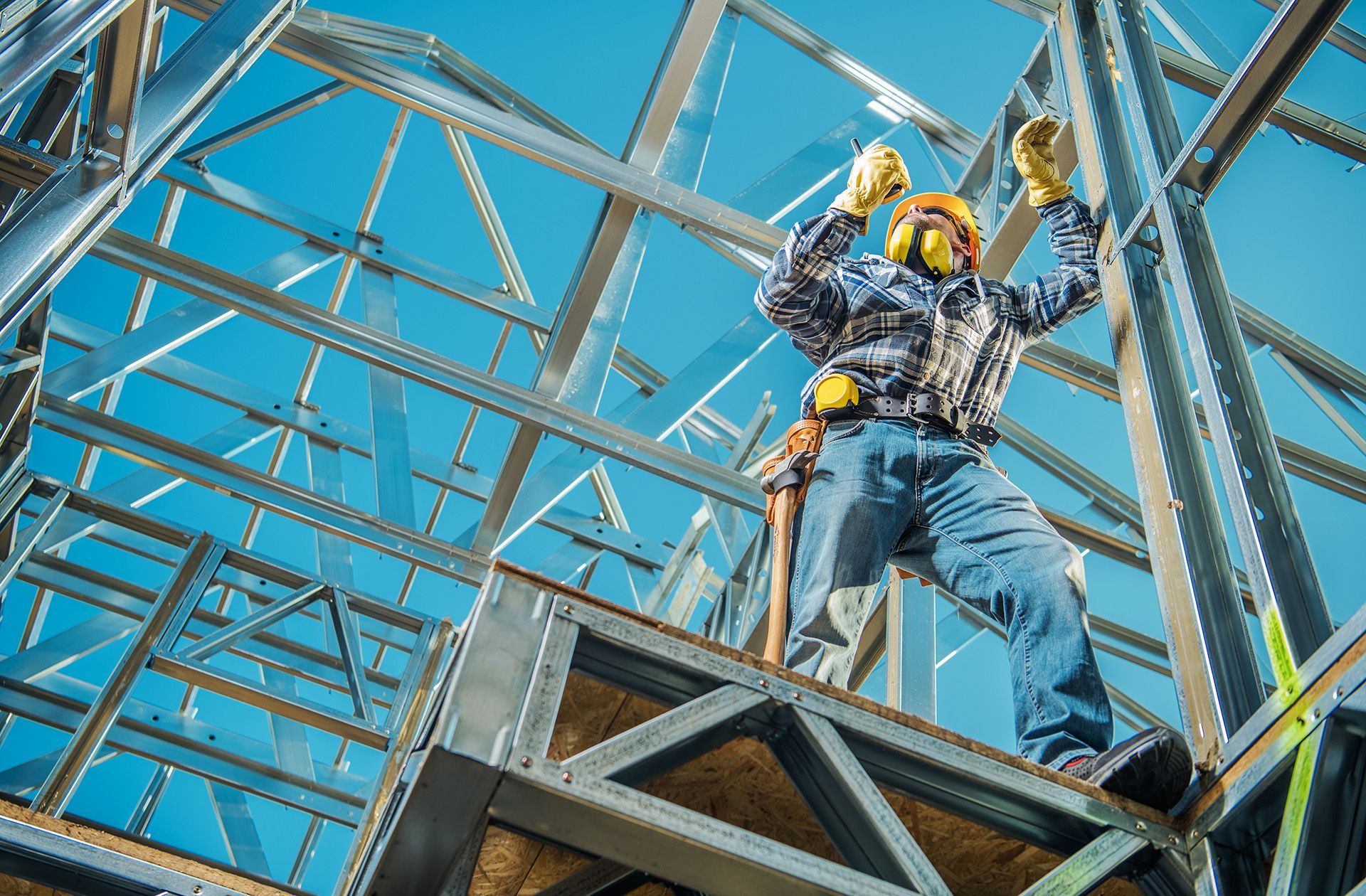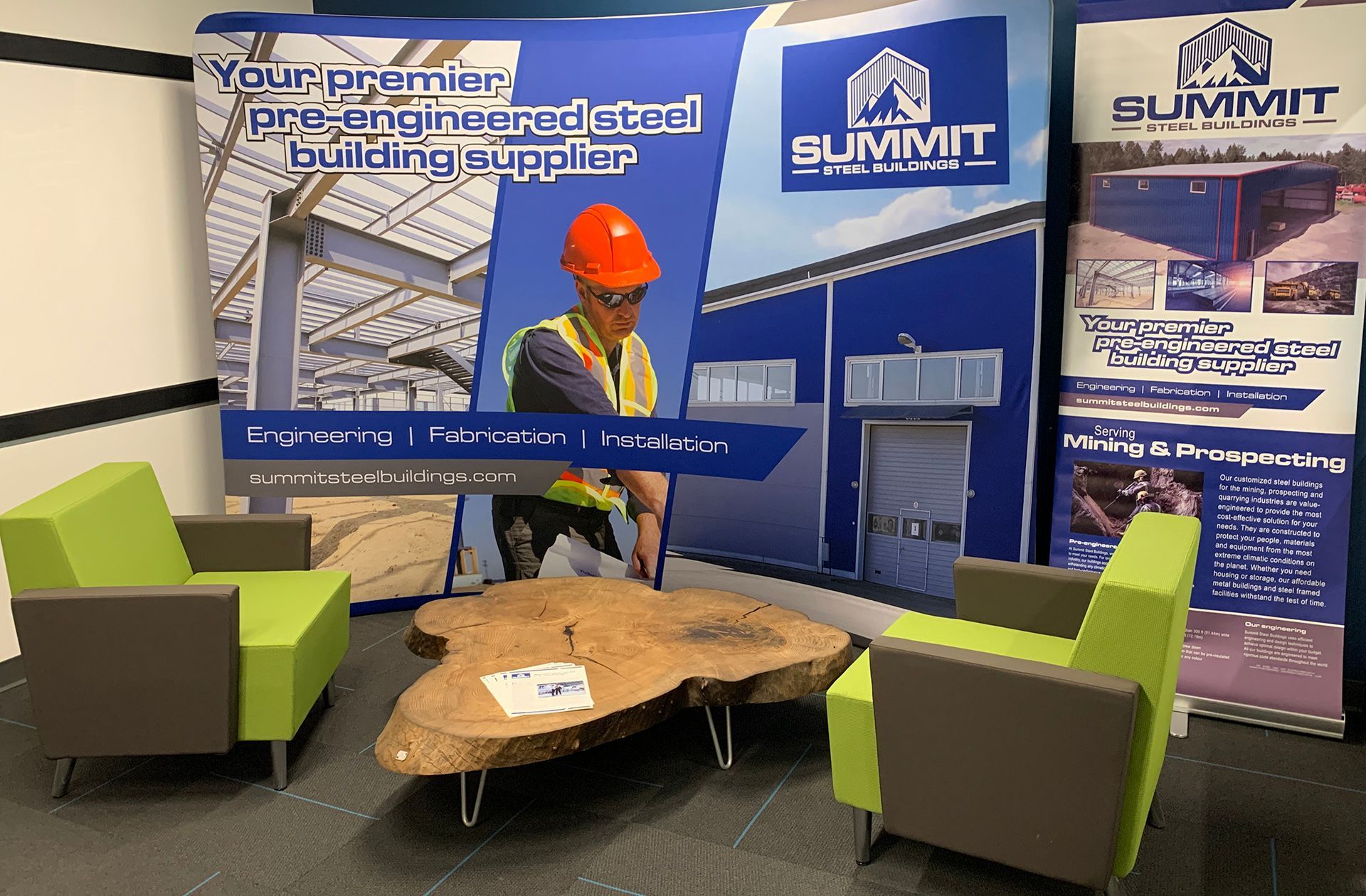A quality control process ensures an excellent build
Completing a building project correctly the first time out keeps costs down. It’s a simple observation that holds so much truth. Especially in the steel construction industry where margins of error are non-existent. Preventing errors is much better than fixing them. For most contractor projects, the final review will uncover a few minor items that require a fix or, at worst, reinstallation. These discoveries create significant costs, costs in labour, materials and especially in completion time. And that’s if they are detected in the first place. For instance, a poorly installed roof can cause a long-term leak that may lead to costly and hard to find damage, such as mold and mildew behand internal walls. One way Summit Steel Buildings helps offset these potential negative outcomes is to implement a quality control process throughout the entire lifecycle of every project.
Metal building construction requires a high emphasis on quality control throughout the entire project, starting with the sale commitment running through to the time when the final building is occupied and operating smoothly. Of course, every project faces its own unique challenges. Complicated engineering using heavy and uncooperative materials makes construction particularly susceptible to engineering issues. But because new buildings are one of the largest investments companies can make, quality control is imperative. It needs to be an ongoing process that contributes to the client’s final return on investment. Quality control can be built into all phases of construction projects yet does not necessitate any additional investment or costs – just good planning and a dedicated mindset.
Buying into a quality control mentality.
Quality is a result of attention to detail and pride in workmanship. When team members take accountability in their work, they maintain high craftsmanship throughout every job. Employees get instilled with the understanding they’re a key component to the company’s reputation and success. Regardless of the promises and salesmanship leading up to construction, their work in the final building is its measure of success. It’s a main benefit of connecting their enthusiasm for quality to the company’s mission and core values. Knowing the company exists to construct great buildings is fundamental to success. That means completing the building the correct way the first time out with safety, budget and time as priorities.
Quality control must permeate throughout the organization from top to bottom. Once everyone understands how important it is, all team members will take pride in achieving a higher standard. That includes leadership. Senior foremen need to be open to suggestions and questions. By setting the example that it’s better to take a little longer to get a detail right than to rush it, then quality becomes the message that resonates throughout every project and in every role. When leadership makes final inspection at project end, grade the overall quality – on both an individual and collective basis – and use results to motivate and review performance. Hold your team accountable for both quality control and for achieving project goals. If they feel part of the process, they’ll take pride in meeting them.
Plan, train and reinforce the message.
Setting clear expectations is the first step in our comprehensive quality control plan. Before starting on any project, review your project plan with the crew in a preconstruction meeting and highlight the quality issues that need to be controlled. Continually emphasize quality with the individuals doing the actual work and empower them to take ownership of their responsibilities. Getting employees to implement quality control on the jobsite is critical and easy to do once they buy into the concept. Processes designed to be easily followed builds confidence and encourages the team to report quality-related concerns. You don’t want anyone to feel uncomfortable about reporting what could turn out to be an important issue later.
Continuous training positively impacts quality of work and lessens the number of issues needing correction. Training is best done on a one-on-one basis in a practical setting between the most experienced of the team and new recruits. Having apprentices see and learn real-life circumstances helps them to retain information and improves quality control later, especially when it comes to complicated and technical items. You can have the best quality control supervision, but people need to learn it, live it and love it on every jobsite for it to make a difference.
Inspection and reviews.
While senior leaders are typically onsite to inspect work as it progresses and consult with crew about the issues they identify, empowering the team to seek them out as they work means less time and effort to correct or prevent them. Because the entire team is constantly involved with ongoing review, any potential issues can be caught immediately rather than much later. As a new practice, Summit Steel Buildings goes a step further and supplements its visual inspections with jobsite photos and video to help document work progress. Using digital records creates transparency and records problems that can reviewed and covered off during project closeout. The material can also be used to create training case studies so crews can learn to understand the cause and solutions to many issues. Continuous training and inspection reinforce a higher standard for quality control.
Summit Steel Buildings is a premier pre-engineered metal building supplier. Please reach out to us to learn how we’ll incorporate our quality control program into your next metal building construction.
About the author
Frank Melo has a construction engineering and business background with over 25 years of experience as a business owner and contractor. He was born in the Azores on the island of São Miguel and moved to London, Ontario at the age of two. After studying architecture, Frank graduated from Fanshawe College’s civil engineering technology program. He divides his time between projects primarily in Ontario and British Columbia. Frank can be contacted at Summit Steel Buildings at (778) 951-4766, by email at frank.melo@summitsteelbuildings.com or you can connect with him on LinkedIn.


